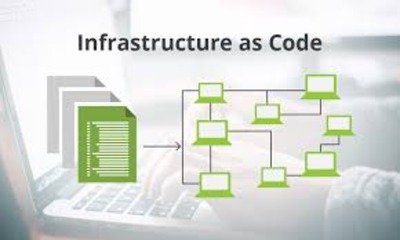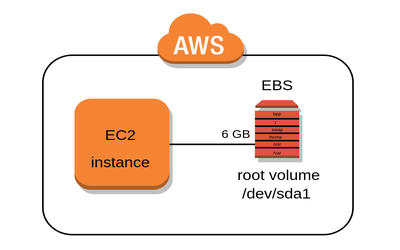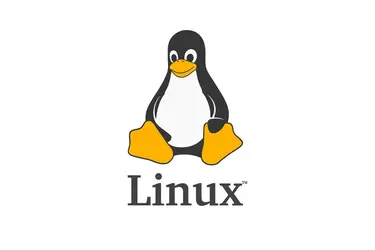Course description
This lesson provides a comprehensive introduction to Infrastructure as Code (IaC) using Terraform, one of the most widely adopted tools for automating the provisioning and management of cloud infrastructure. You will learn how Terraform enables you to define, provision, and manage infrastructure resources in a declarative way, using configuration files that can be version-controlled, reused, and shared.
The lesson begins with an introduction to the core principles of Terraform and IaC, explaining how Terraform allows you to write infrastructure configurations in a high-level, human-readable language. You will explore the key components of Terraform, including providers, resources, modules, and state files, and how they work together to manage infrastructure across various cloud platforms, such as AWS, Azure, and Google Cloud.
Throughout the lesson, you will gain hands-on experience writing Terraform configuration files to create and manage cloud resources, such as virtual machines, storage, networks, and security settings. You will also learn about Terraform’s execution plan, which allows you to preview changes before applying them, ensuring that you can safely and predictably manage your infrastructure.
In addition to the basics, this lesson will cover more advanced topics such as using Terraform modules for code reuse and scalability, managing sensitive data with Terraform state files, and using remote backends to store Terraform state for team collaboration. You will also explore best practices for organizing Terraform code, handling versioning, and managing infrastructure changes in a controlled manner.
By the end of this lesson, you will have a thorough understanding of how to use Terraform to automate infrastructure provisioning and management. You will be equipped with the skills to write and maintain Terraform configurations, collaborate with teams to deploy consistent infrastructure, and integrate Terraform into DevOps and Continuous Integration/Continuous Deployment (CI/CD) workflows for reliable, scalable cloud solutions.




















